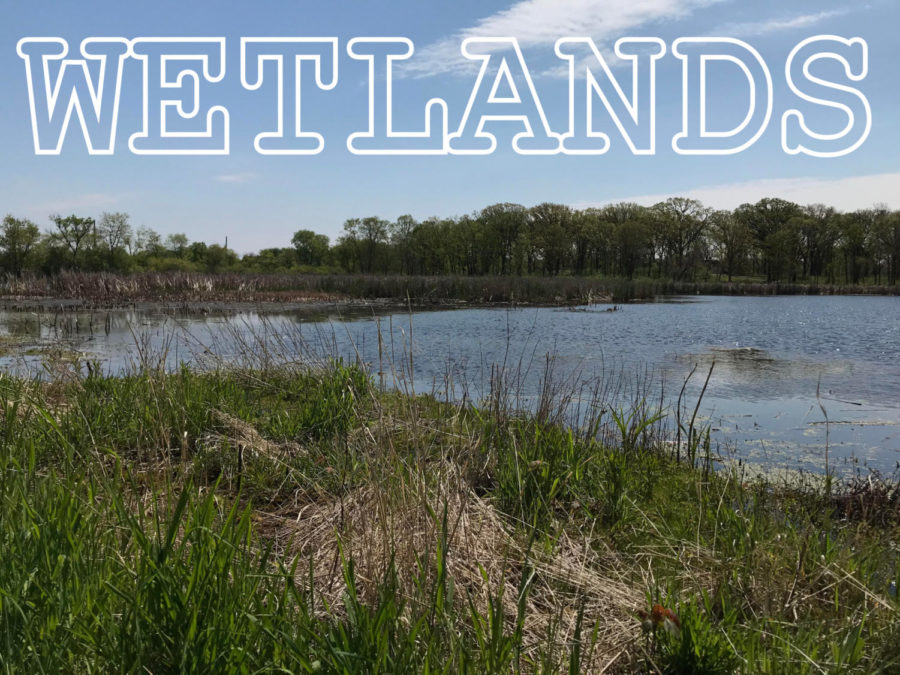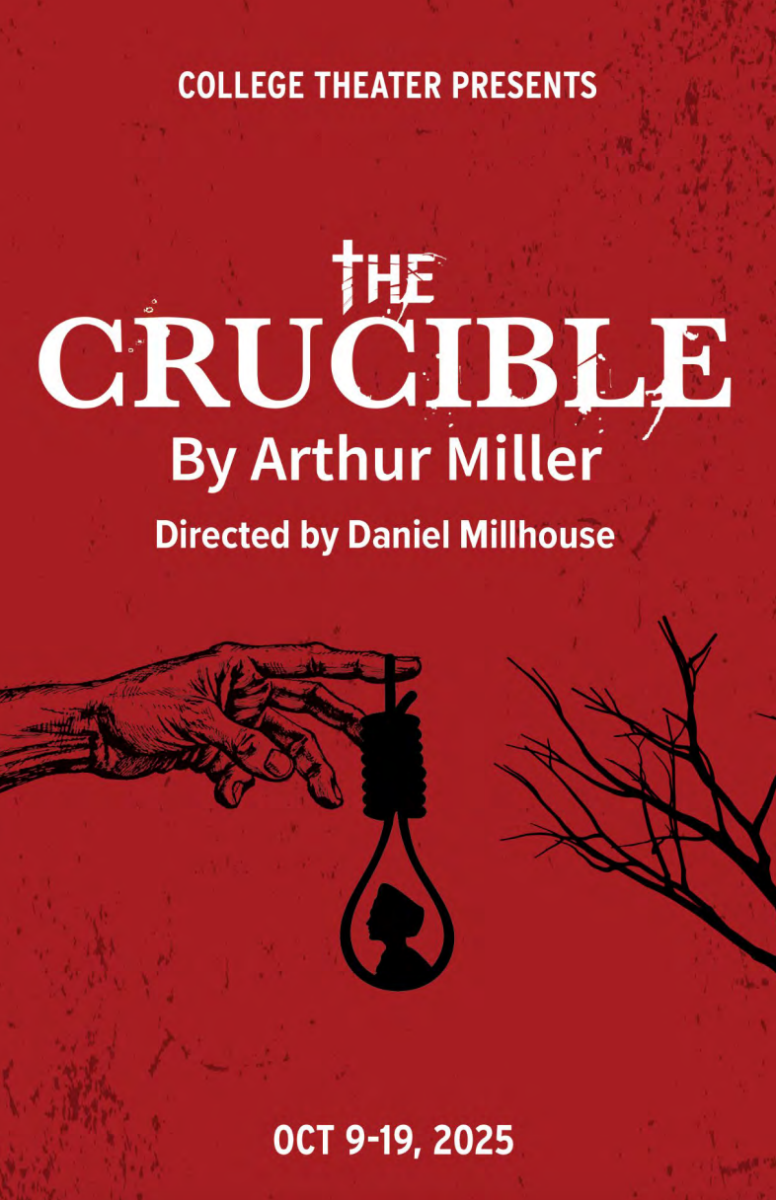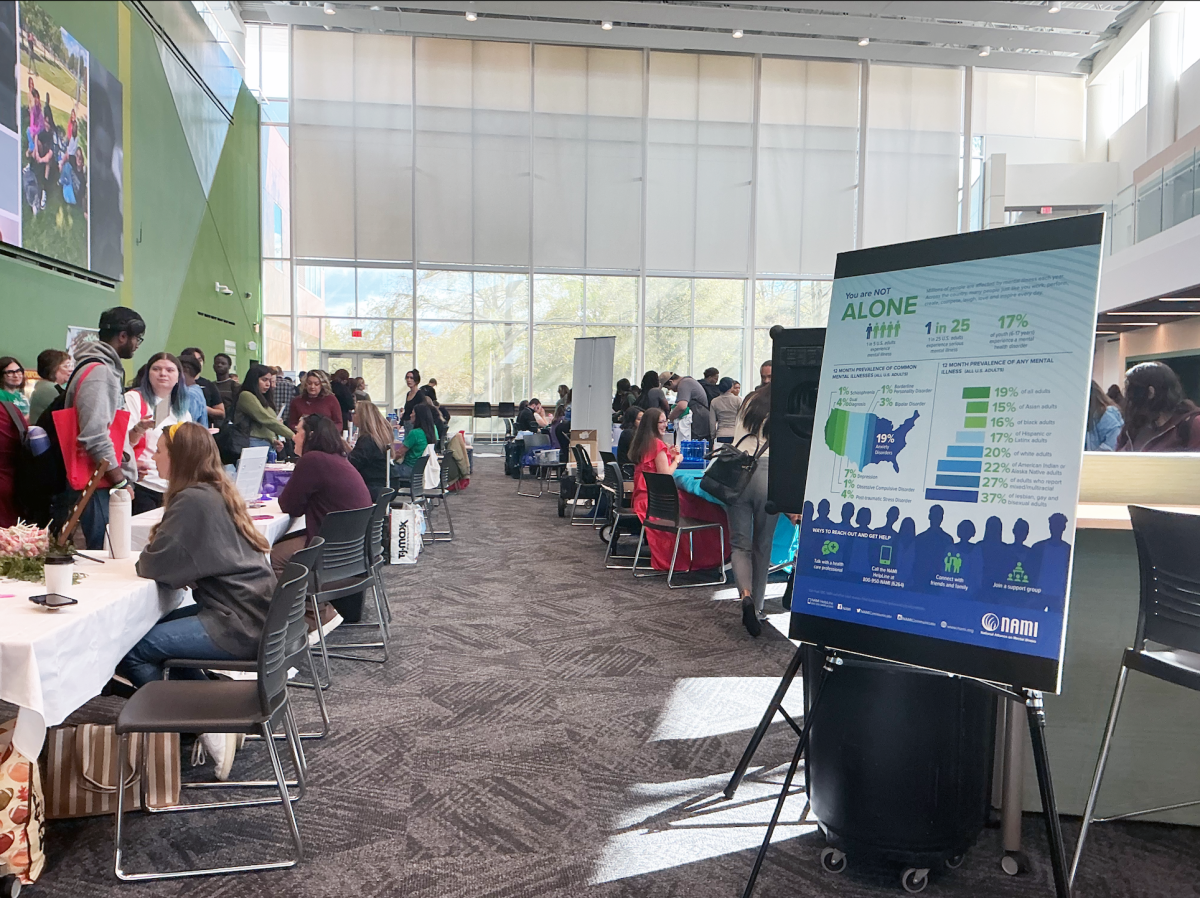Warring Over Wetlands- The Midwest’s Latest Anti-Wetlands Law
How a recent Indiana law could affect Illinoisans in a big way.
May 10, 2021
Environmentalists are raising concerns over a new law that could devastate an already dwindling number of ponds, marshes, swamps and bogs throughout the state of Indiana. These wetland areas provide flood protection from residents and preserve precious habitat for local wildlife. The new law could have a ripple effect that stretches as far as the College of DuPage.
Wetlands are a vital part of the ecosystem throughout all of the Midwest, especially near the Great Lakes Basin. Indra Frank, the director of environmental health and water policy for the Hoosier Environmental Council, emphasized the crucial role wetlands play throughout Indiana and the surrounding states.
“Wetlands are a very important part of the overall water system,” Frank said. “They filter out pollutants, store excess storm water and allow it to soak in downward and recharge our groundwater. Wetlands reduce flooding and they provide critical habitat for many species. In fact, many of the endangered and threatened species in Indiana depend on wetlands.”
The threatened and endangered species that dwell in Indiana’s wetlands, according to the U.S. Fish and Wildlife Service, include the Copperbelly Water Snake, the Eastern Massasauga (a species of rattlesnake) and the Eastern Prairie Fringed Orchid.
The Hoosier Environmental Council, an environmental advocacy, policy and education organization in Indiana, is one of over 100 groups that petitioned for Gov. Holcomb to veto the wetlands bill. Environmental advocacy groups, however, weren’t the only organizations to oppose the controversial bill. According to Frank, a diverse selection of Hoosier organizations also signed on to save the wetlands.
“It was also hunting and fishing organizations, faith organizations, civic groups and professional organizations – all urging the governor to veto the bill,” Frank said. “So now that the bill’s been signed and has become law, we intend to work with this unprecedented coalition that has formed to find what are the best options for preserving Indiana’s remaining wetlands going forward.”
With such vocal opposition from all across the state of Indiana, why exactly was the bill signed into a law?
The Indiana Builders Association and the Indiana Farm Bureau were the state’s two biggest supporters of the bill. Both organizations were interested in limiting government regulations, which they believed would inhibit economic growth.
The new law allows for the development of Indiana’s Class I Wetlands. Class I Wetlands are described by the State of Indiana as wetland areas that had previously been disturbed or partially destroyed by human intervention and those that have a reduced capacity for habitat support. The law also significantly reduces protection for Class II Wetlands, which the State of Indiana defines as wetlands that are isolated or in developed subdivisions.
Although the Indiana wetlands law includes the implementation of a wetlands task force to make recommendations on future use and development of wetlands, their power to enact change is slim to none. The recommendations made by the task force, according to Frank, are just that- recommendations.
“It would make more logical sense to have that wetlands task force process first and then make revisions to the law,” Frank said. “But instead, what we have is major revisions to the law and then the test course afterwards. So that’s another unfortunate aspect of this bill.”
As Frank pointed out, wetland destruction is hardly a recent development in the Hoosier State.
“Indiana is a very water rich state,” Frank said. “Before European settlement, it was estimated that about 25% of Indiana land was wetlands. During the settlement process the wetlands were drained to make way for towns and farms. In the 1990s, Indiana State agencies estimated that [Indiana] had already lost 85% of the original wetlands.”
With a large majority of Indiana’s remaining wetlands being put on the chopping block, the effects could potentially be devastating. The immediate repercussions of wetland development would be in northeast Indiana, where most of the state’s wetlands and lakes are located. Remic Ensweiler, the manager of COD’s natural areas, believed the effects could be far more expansive.
“I would argue that it affects Illinoisans because we actually share the same river basin,” Ensweiler said. “What happens in Indiana comes downstream to the Mississippi River through Illinois and through our developed land and farmland.
“That water is going to have to go somewhere because there’s still going to be the same amount of runoff,” Ensweiler continued. “The importance of these wetlands is to help sponge up water, because otherwise that water just goes rushing into our buildings, basements or even into the farmland where it takes off topsoil and erodes the canals and rivers.”
As the natural areas manager at COD, a portion of Ensweiler’s duties is to maintain the various wetlands throughout the main campus. The wetlands on the college’s grounds, according to Ensweiler, play a vital role in water filtration and the prevention of flooding locally.
“Where the current BIC building is, just to the south of it, there was a huge reservoir,” Ensweiler said. “If you look at old pictures, you’ll see that there was a huge body of water where now there is a parking lot. In order to engineer around that, these wetlands were created.
“While I do have other duties, like restoring historic habitats and historic prairie,” Ensweiler continued. “I also have to make sure that [the wetlands] are the most functional wetlands they can be.”
Wetlands, as close to home as COD and as far away as Indiana, have an immense environmental impact on the sustainability of communities, the reliability of infrastructure and the livelihoods of individuals. The unlikely group of Hoosier organizations and companies who came together to fight the recent Indiana law have pledged to continue to push against the state’s anti-wetland legislation. According to Frank, the fight isn’t over.
“There are members of that coalition that are going to continue to meet and work on other routes, including additional legislation in future years,” Frank explained. “It’s going to mean watching that task force process and making sure that good information is fed into the task force. We’re also going to be looking at incentives for property owners to preserve wetlands and whether those incentives can be bolstered.”
For more information on the Hoosier Environmental Council and updates on the wetlands law, visit: hecweb.org
To learn more about the classification of Indiana’s wetlands, visit: in.gov/idem/wetlands/information
To view a list of the endangered and threatened species throughout Indiana, visit: fws.gov/midwest/endangered/lists/indiana
For more information on COD’s wetlands, prairies and natural areas, visit: cod.edu/academics/programs/biology/natural_areas/prairie_tours.aspx





















Jacqueline Johnston • May 14, 2021 at 8:11 am
Just leave the Wetlands alone there super important to the people and the animals